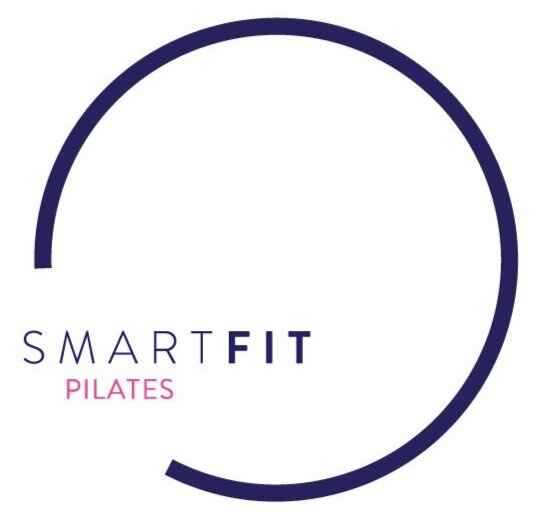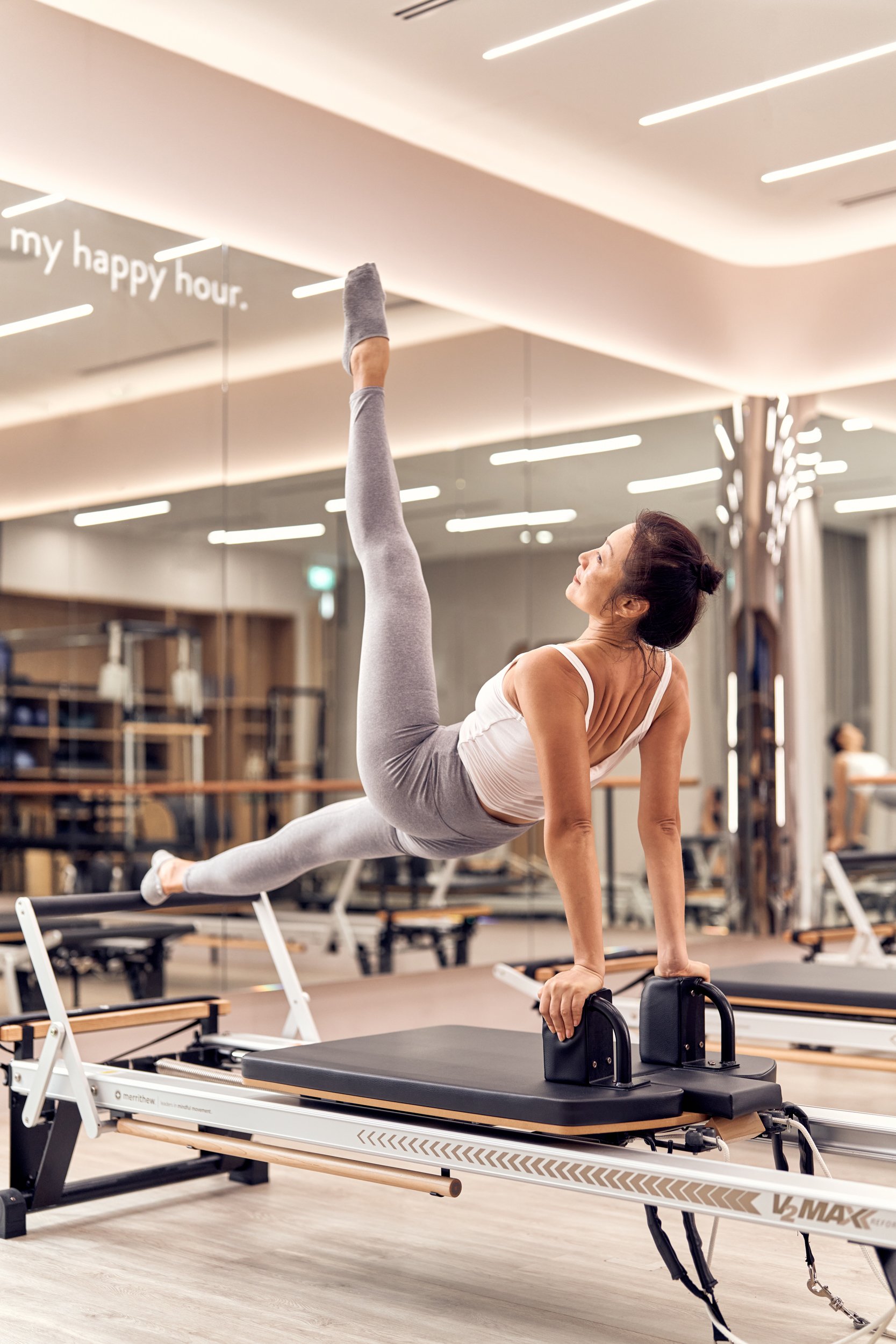6 reasons dancers do pilates
If the graceful movements, toned physique and beautiful poise of a dancer is your current coveted look, you are far from alone! Professional and aspiring dancers alike work incredibly hard to achieve – and maintain – the impeccably high standards needed to sustain a career as a dancer. And not just within their own discipline either. Many dancers around the world turn to Pilates to help them get performance-ready and stay at the top of their game for as long as possible.
And this is nothing new. The relationship between dance and Pilates began more than a century ago when the practice was still in its infancy. As explained by Senior Instructor Sophie, “The Pilates method (also called ‘contrology’) gained a reputation in the dance world when its creator Joseph Pilates worked with famous dancer, George Balancine, early in his career. Following his lead,” she continues, “more and more dancers began doing Pilates to keep their muscles strong and found that it improved their performances. Even today, many dancers go onto become Pilates instructors themselves after experiencing the benefits as they want to help others do the same!”
And the reasons dancers love Pilates apply to you too! We’ve rounded up our top 6 right here…
1. Professional ballet dancers are known for the elegance and fluidity of their movements. Pilates lays the groundwork for this in so many ways, and can help you to move just as gracefully in your own life, whether you’re a dancer or not. How? Pilates helps to develop a solid mind-to-muscle connection by fine-tuning the neuromuscular pathways. It also teaches how to synchronize your breathing with movement and improves self-awareness in one’s own body, while also improving your balance, stability, strength, mobility and flexibility all at once. These benefits combined are essential to effortless, natural, graceful movements. And it’s not just onstage that this is something to strive for. The way you move every single day – whether walking, running or simply carrying your baby – will feel more comfortable and natural, thanks to Pilates.
2. Many people start Pilates as a way to improve their posture. Dancers are the same. The poise that they carry themselves with on and off-stage begins with beautiful upright posture and correct alignment in the body. Pilates helps to improve posture by focusing a lot of attention on strengthening the core muscles of the abdominals and back that work to stabilize your spine, correcting any imbalances and reducing physical tension. An experienced Pilates instructor will help to identify specific weaknesses, tightness or other conditions that may be impairing your posture, and will create a personalized Pilates programme to help improve it.
3. Injuries are the biggest fear of any athlete. Dance training is repetitive, often unilateral (one-sided) and physically grueling on the body, which is why dancers and other athletes have to take conscious steps to remain injury-free. Thankfully, the rehabilitative nature of Pilates helps dancers (as well as other sports men and women, and anyone else who joins the practice) to safeguard their bodies against the risk of injury; strengthening areas of weakness, correcting imbalances to avoid aches/pain/discomfort down the line and – if injuries do occur – helping them to recover quickly and safely so they can get back onstage as soon as possible.
4. A typical training day for a dancer can include 8-12 hours of rehearsals - and we’re exhausted just hearing about it! So it might seem surprising that they would choose to spend any non-rehearsal time doing something physical, particularly another workout. But Pilates isn’t just any workout, after all. The low-impact nature of Pilates makes it a great choice for a complementary form of movement, as it continues to strengthen, lengthen, balance and mobilize the dancer’s body without putting any additional stress on the joints. Being low-impact is what makes Pilates so accessible to the masses too, as regardless of the person’s age, gender, activity level, physical condition or previous injuries, everyone can still enjoy practicing and feeling the benefits of Pilates.
5. Ageing is a natural part of life, but it’s an obvious limitation for anyone with an active occupation – including dancers. Their strenuous training schedules take a serious toll on the body and, as a result, can only be sustained for so long. Luckily for dancers (and non-dancers too!) one of the fundamental objectives of Pilates is longevity: to build a healthy, mobile body that will see you through to your golden years as healthily as possible. Taking steps now to care for your body so it can keep going despite the passing years is vital for us all. And for dancers, this can be a key factor toward their success – the longer they can perform at the top of their game, their longer their career will last!
6. Being calm, collected and confident in oneself is hugely beneficial for many aspects of life, but it’s particularly essential for any kind of performer. As a result, it’s not just dancers’ bodies that must be able to keep up with the demands of rehearsals, training and performing; their mental health can play just a big a part in their success as the physical. The mindful practice of Pilates is often described as a kind of ‘moving meditation’, which can be incredibly helpful in quietening anxious thoughts, improving self-esteem, encouraging better sleep, boosting mood, allowing for better focus and concentration, and much more. Using Pilates as a form of self-care is a great way that dancers maintain their confidence, positivity and focus, in addition to keeping them strong and supple.
Dancers themselves know all the advantages the practice can give to their performances, so for them, regular Pilates is a no-brainer! At SmartFit, we’re lucky enough to have a couple of former dancers on our team…
Instructor Amber, for example, was a professionally trained principal dancer before becoming a Pilates instructor. She holds an advanced first-class diploma from the Beijing Dance Academy and spent eight years performing around the world as a principal dancer with the Dance Theatre of China - the biggest company in China. With her impressive background in dance, Pilates felt intuitive and in sync with her personal style of exercise. She recalls loving the way the practice made her body feel, and she soon sought to share that experience with others. She went on to earn her Pilates Comprehensive Studio Certification from Polestar, and is now an expert in combining the two disciplines for maximum benefit! Her well-trained eye is particularly astute in helping you to improve your posture, body awareness, balance and flexibility.
And our dancer team doesn’t end there! We asked former dancer, self-confessed dance enthusiast and Pilates instructor Grace to share her insight on Pilates for dancers…
1. Tell us about your background in dance!
“I was trained in ballet, contemporary and jazz dance from a young age. I was so passionate about it that I became a part-time professional dancer alongside my full-time job. When the time came for career advancement, I took a step back from dancing professionally - but I never lost my love for it!”
2. What do you love most about dance?
“The language of dance can transcend borders and cultures. It is a wonder how dance can communicate such profound human emotions. I enjoy all styles of dancing, from street dance to traditional cultural dance, but I particularly love watching ballet and contemporary dance. The graceful expression and the technically demanding skills of the dancers always intrigue me, and have me marvelling at what the human body can do.”
3. How would you describe the similarities between Pilates and dance?
“Like dance, Pilates requires you to really know your body. It helps to improve your sense of self and ability to stay in control, and requires a reasonable amount of athletic ability to complete the movements. I also like to think of both dance and Pilates as a form of moving meditation, as they both require wholehearted engagement of the body as well as the mind.
Like dance, Pilates requires me (as the instructor) to understand the client, almost like a dance partner, to bring out the personal best in the exercise/movement/performance.
From a physical perspective, both Pilates and dance work on building long and lean muscles, using resistance and momentum to build strength, flexibility and posture, and help to develop good body alignment and balance.
For a dancer, Pilates is a perfect complement to the fitness regimen of strength and flexibility. Pilates helps the body to achieve length whilst being connected, and having the strength to work fast as well as sustaining super slow movements.”



